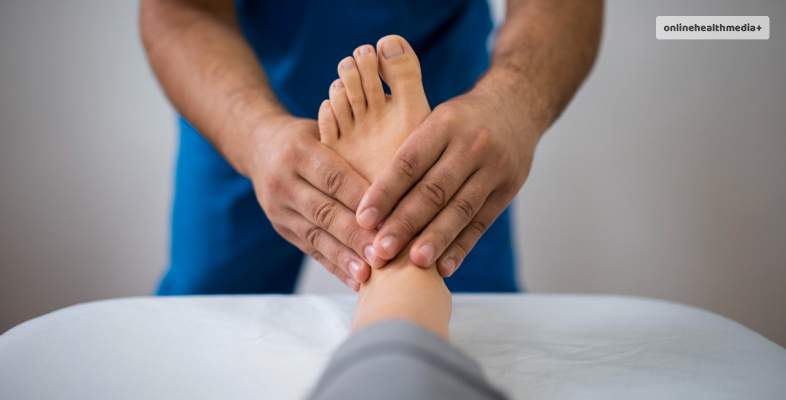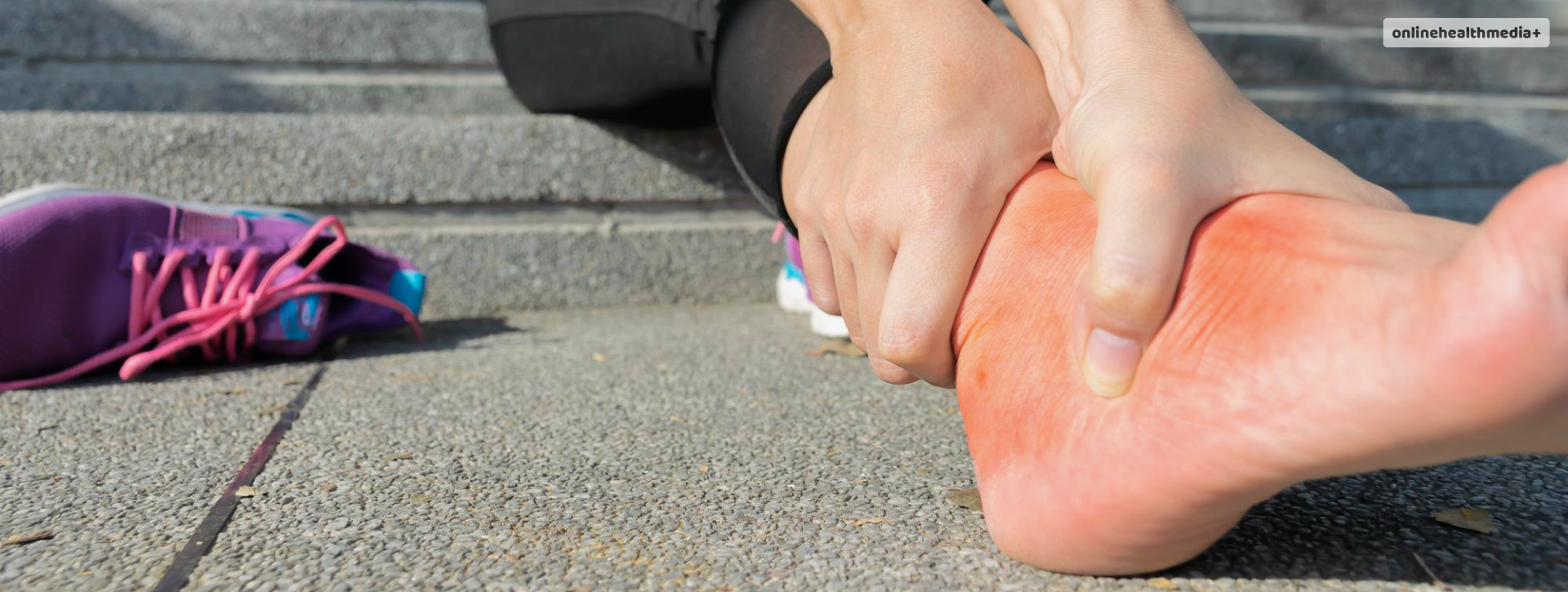Achilles Tendinitis: What Is It, How Does It Occur And How To Fix It.
Achilles, Achilles, Achilles come down…
That song by the Gang of Youths probably plays in every person’s mind who is experiencing Achilles tendinitis.
The condition can be due to various reasons- knowing the cause can help in improving the condition sooner.
The Achilles tendon is a strong but inflexible tendon that can help in connecting the muscles present in the calves to the heel bone. Injury to the tendon can lead to inflammation or rupturing both of which are quite painful.
The following article will help you learn the causes, what is the condition and the ways you can treat the pain.
The article will also highlight the ways in which physicians can diagnose the condition and help you improve the condition.
Contents
Achilles Tendinitis Symptoms

The following list provides a list of signs that hint at the presence of this issue:
- Pain in the back of the leg or above the heel that starts as a mild ache
- Tenderness or stiffness
- More severe pain that increases due to walking, running or climbing
- Swelling
- Irritation
- Inflammation
- Ankle and heel pain
- Weakness in the legs
- Swelling around the Achilles tendon
- More discomfort may be due to activity such as walking.
- The pain may be prominent early in the morning in some cases where you may experience relief as the day progresses.
Achilles Tendinitis diagnosis

If the signs described above are present and quite prominent for you to not normally function. You must reach out to your physician for a formal diagnosis.
The following tests usually help in diagnosing the condition:
- Ultrasound
- MRI
- X-ray
- Physical examination such as the physician looking for the telltale signs such as swelling and inflammation.
- Professional would also look for the signs of bone spurs as well as the range of motion.
The most common populace that can receive a diagnosis for Achilles tendinitis are athletes and people who are active.
Achilles Tendinitis Treatment

If the condition is confirmed by the physician and they give you a diagnosis of Achilles tendinitis, then the following list is what your treatment plan may look like:
- The RICE method encourages healing and recuperation without the need for a surgical intervention. It includes the following steps:
– Rest: Your physician will encourage you to take rest completely, and not stress your tendon. If you are an athlete or someone who is following an active lifestyle, then you will be asked to switch to low-impact exercises.
These can be swimming and engaging in water aerobics if you need to get your workout in. This way you are putting much less stress on the Achilles tendon.
– Ice: Next step is to put ice on your tendon to reduce the inflammation. This will help soothe the pain as well as decrease the swelling. The ice compression must be put for up to 20 minutes, and whenever you feel the need to put it.
– Compression: To put compression is to apply pressure on a particular spot so that there is some relief. When you put compression on the inflamed area, you are allowing the blood to flow faster.
This is beneficial in case of Achilles tendinitis as it helps the blood flow in the right direction, thus relieving the symptoms of this issue.
– Elevation: Elevating the affected leg helps in reducing the swelling. This happens as gravity is on your side and the excess fluid that is building up due to the irritated tendon. Moreover, this decreases the pressure on the leg that is affected.
- The main treatment option is not to agitate the tendon further such that you can save the hassle of increasing the time It will take for your injury to heal.
- You must also avoid walking steep roads such as inclines or overstretching the tendon. This will worsen the injury by causing even more pain.
- Wear supportive shoes instead of walking barefoot. The use of custom orthotics or heel lifts can prove to be beneficial.
- You may also be suggested to use splinting. Splint while sleeping can be particularly helpful as it will prevent the tendon from stretching or overstretching.
- If you cannot be on bed rest then you may try wearing walking cast or boots – these can also help with severe pain.
Other treatment options include
– NSAIDs or Non-steroidal anti-inflammatory drugs, such as ibuprofen. However, you must also avoid taking these painkillers more than the prescription says as it can cause more harm than good.
This Achilles tendinitis medication is helpful in reducing the pain.
– One effective Achilles tendinitis exercises is calf stretches. Calf stretches can help you relax the area and improve circulation such that you can experience an improvement in your symptoms such as pain.
– Achilles tendinitis therapies can include physical therapy such as massages, strength exercises, running re-education and stretching.
Most of the time patients are given the option of performing exercises such as stretching. This allows the person to strengthen their Achilles tendon and the surrounding structures that provide support.
Moreover, the support that they receive is necessary to facilitate the healing of the injury.
– Achilles tendinitis surgery is the final option to heal the injury. This includes surgical repair of the tendon.
However, this option only comes in handy if the other conservative treatment options are not working.
This option is only made available to the person experiencing Achilles tendinitis when they have undergone several months of other treatments.
Additional avenues of help
These options can help in proper management of the condition. Additionally, it also helps in reducing the symptoms that you may be experiencing while bringing the injury under control.
Apart from the options, it is important to know the main departments in your local healthcare center or hospitals.
Departments such as rehabilitation and physical medicine and sports medicine can help you get a head-start on your recovery.
Conclusion
Thus, this was all on Achilles tendinitis. The article provides an expansive guide to everything you might want to know about the condition.
It is important to know that there are a couple of diagnostic tests that can help confirm the diagnosis. The article also highlights the treatment options that can help alleviate the pain and other symptoms of this condition.
Is there anything that we missed? Let us know in the comments below!
Also read
- Top Electric Toothbrush For Kids.
- The Most Common Types Of Bicycle Accident Injuries.
- Compelling Reasons To Incorporate Shilajit Into Your Diet.



